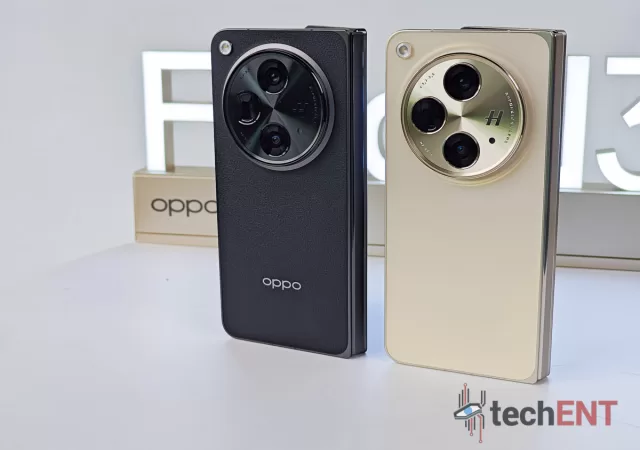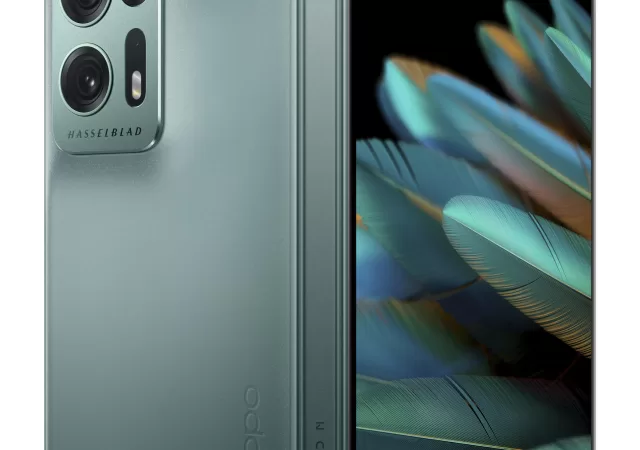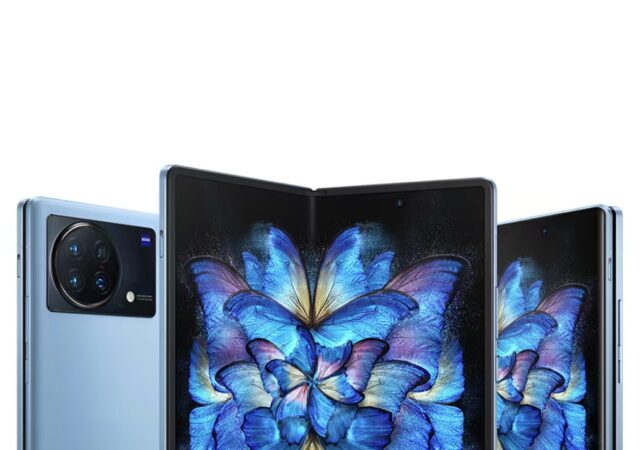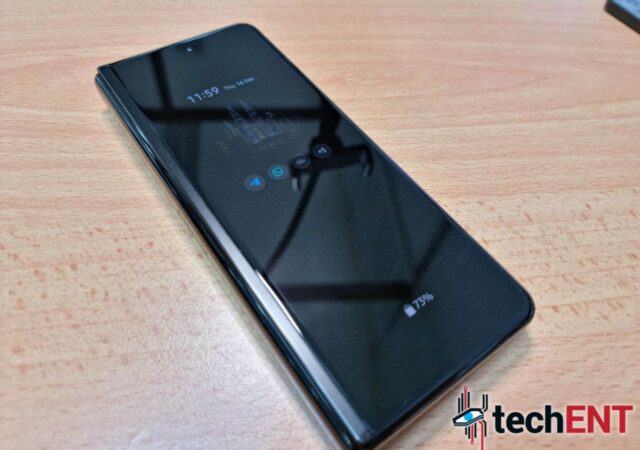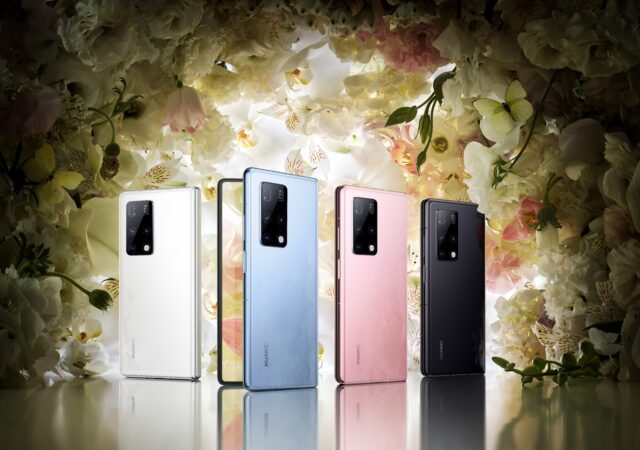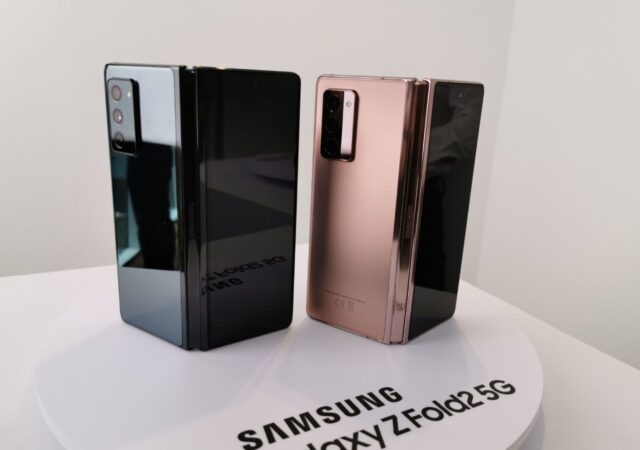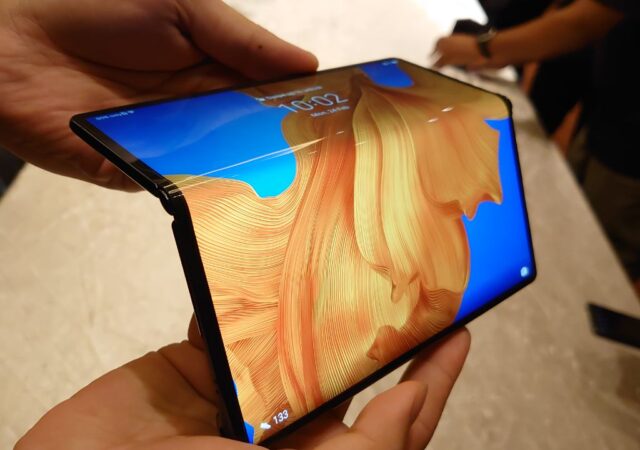Discover a new multimedia experience with OPPO Find N3. Enjoy our 6.3-inch & 7.8-inch foldable displays, 120Hz refresh rate & 2,800 nits peak brightness, perfect for your photography and audio needs.
OPPO Launches the Find N2 – the Other 2022 Foldable
OPPO launches their latest foldable smartphone, the Find N2 fitted with their brand new Flexion Hinge that is lighter and better than before.
vivo Joins the Fold-able Scene with vivo X Fold and vivo X Note in China
vivo launched the new X Fold and X Note powered by Qualcomm Snapdragon 8 Gen 1. The X Fold is their first foldable smartphone device.
Samsung Galaxy Z Fold3 In-Depth Review – Back in Black
Samsung Galaxy Z Fold3 launched late last year. The foldable is still today’s most powerful foldable smartphone. Is it worth MYR 6,699?
The HUAWEI Mate X2 Launched Still with Android Based EMUI 11
The HUAWEI Mate X2 with EMUI 11 was just launched in China and is going on sale on the 25th of February, 2021 onward at CN¥ 17,999.
Tech & Tonic Episode 23 Feat. Jeff Sandhu – The Quietest Moment in Our Studio
In this episode of Tech & Tonic Podcast, we discuss the concept of foldable smartphones with Jeff Sandhu, a fellow techie from 42KL.
The Samsung Galaxy Z Fold2 is Available in Malaysia 25th September 2020 onward for MYR 7,999!
Samsung is launching the Galaxy Z Fold2 in Malaysia early this time. The device will be available 25th September 2020 onward for MYR 7,999.
The HUAWEI Mate Xs Getting in on The Fold!
The HUAWEI Mate Xs has just launched globally. The new foldable device packs HUAWEI’s HiSilicon Kirin 990 SoC, 8GB of RAM and 256GB of storage. You can use it as a 6-incher smartphone or even an 8-incher if you like. It will be available in select markets globally for EU€ 2,499.



